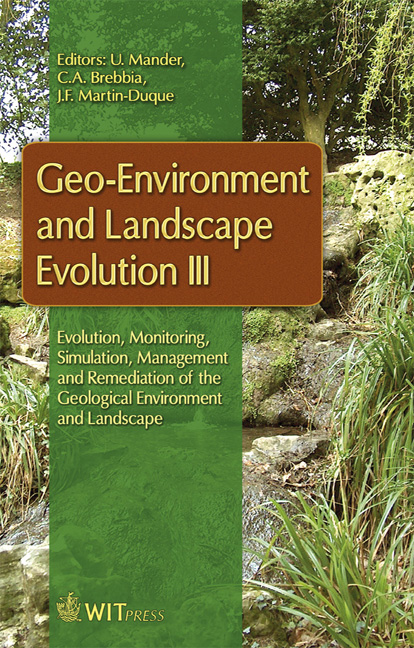Landscape Small-scale Mapping And Sustainable Development
Price
Free (open access)
Transaction
Volume
100
Pages
7
Page Range
203 - 209
Published
2008
Size
464 kb
Paper DOI
10.2495/GEO080201
Copyright
WIT Press
Author(s)
Z. Sh. Gagaeva & I. A. Kerimov
Abstract
This paper deals with capabilities and methods of analysis of remote information. The objective of the analysis is preparation of the preliminary landscape map on the basis of Landsat image classification. Dichotomic grouping of the data was performed using K-means method and various remote metrics. On each level iteration procedure was used. Classification result provide identification of various conditions of landscape cover on the basis of various classification levels detailed more and more on following levels. Classification provides grounds for detail identification of natural zonal types of landscapes. In this connection residential areas and significantly transformed natural areas are identified as well. Comparison of classification results with content of forestry map of USSR (1973) of scale 1:1 000 000, and geobotanical map of scale 1:4 000 000, allows reliable identification of basic types of landscape cover. Keywords: landscapes, dichotomic grouping (classification), environmental management, sustainable development, spectral brightness. 1 Introduction At the present time preservation of the ecological balance of natural environment and environmental management is a vital issue in scholarly disputes. Landscape is an immediate area of human and economic activities. Excessive human impact on landscape resulted in deterioration of landscape element interaction processes [1]. Moreover on numerous occasions backlash of the influence reached global scale. In sustainable development concept among most important problems there is a problem of landscapes functional properties preservation. Development of
Keywords
landscapes, dichotomic grouping (classification), environmental management, sustainable development, spectral brightness.





